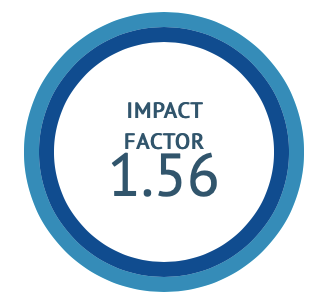Quantification of Gallic Acid, HPTLC, GC-MS Profiling and Anti-inflammatory Potential of Fermented Traditional Formulation “Punarnavadyaristha”
DOI:
https://doi.org/10.47552/ijam.v16i2.5730Keywords:
Anti-inflammatory activity, Carrageenan, Formalin, PunarnavadyarishthaAbstract
Background: Punarnavadyaristha (PA), is a polyherbal fermented traditional formulation therapeutically known as anti-inflammatory in the classical text of Charak Samhita. However, there is no scientific evidence about its anti-inflammatory potential in the published literature. Objective: The present study was performed to validate the potential of PA against inflammation. Along with physicochemical parameters, the quantification of gallic acid and GC-MS profiling were performed to reveal the composition of PA. Materials and methods: GC-MS profiling of PA was performed to confirm the presence of bioactive compounds using the NIST library database. Quantitative HPTLC studies were performed for the quantification of gallic acid. The presence of reactive oxygen was assessed by DPPH assay.PA was assessed preclinically for acute oral toxicity and carrageenan (acute) and formalin (sub-acute) induced edema. Results and Discussion: The GC-MS profile of PA demonstrates the presence of 67 bioactive compounds. HPTLC studies confirm the presence of gallic acid in the formulation (4.2 %). It also shows free radical scavenging activity of 47% by DPPH assay. No acute toxicity was seen in rats up to 10.0 mL/kg dose of formulation.PA (in-house) formulation at the dose of (4 mL/kg) showed inhibition of formalin-induced paw edema by 74% and carrageenan-induced paw edema by 29%. Conclusion: The effectiveness of Punarvadyaristha on inflammatory disorder, safety, and antioxidant potential is authenticated by these studies. Standardization parameters also comply Ayurvedic Pharmacopoeia of India.
Downloads
Published
How to Cite
Issue
Section
License
Copyright (c) 2025 International Journal of Ayurvedic Medicine

This work is licensed under a Creative Commons Attribution-NonCommercial-ShareAlike 4.0 International License.
The author hereby transfers, assigns, or conveys all copyright ownership to the International Journal of Ayurvedic Medicine (IJAM). By this transfer, the article becomes the property of the IJAM and may not be published elsewhere without written permission from the IJAM.
This transfer of copyright also implies transfer of rights for printed, electronic, microfilm, and facsimile publication. No royalty or other monetary compensation will be received for transferring the copyright of the article to the IJAM.
The IJAM, in turn, grants each author the right to republish the article in any book for which he or she is the author or editor, without paying royalties to the IJAM, subject to the express conditions that (a) the author notify IJAM in advance in writing of this republication and (b) a credit line attributes the original publication to IJAM.




